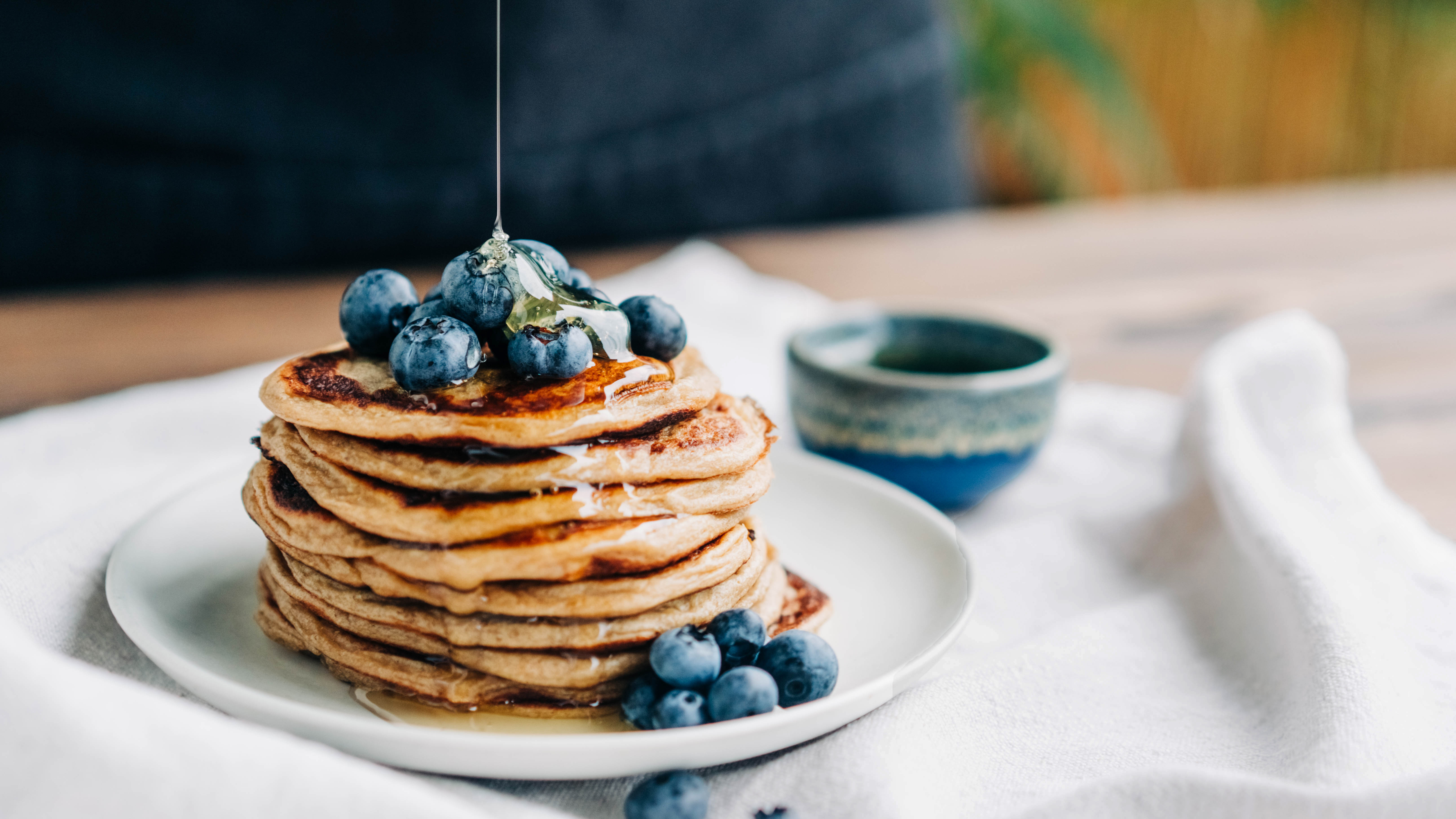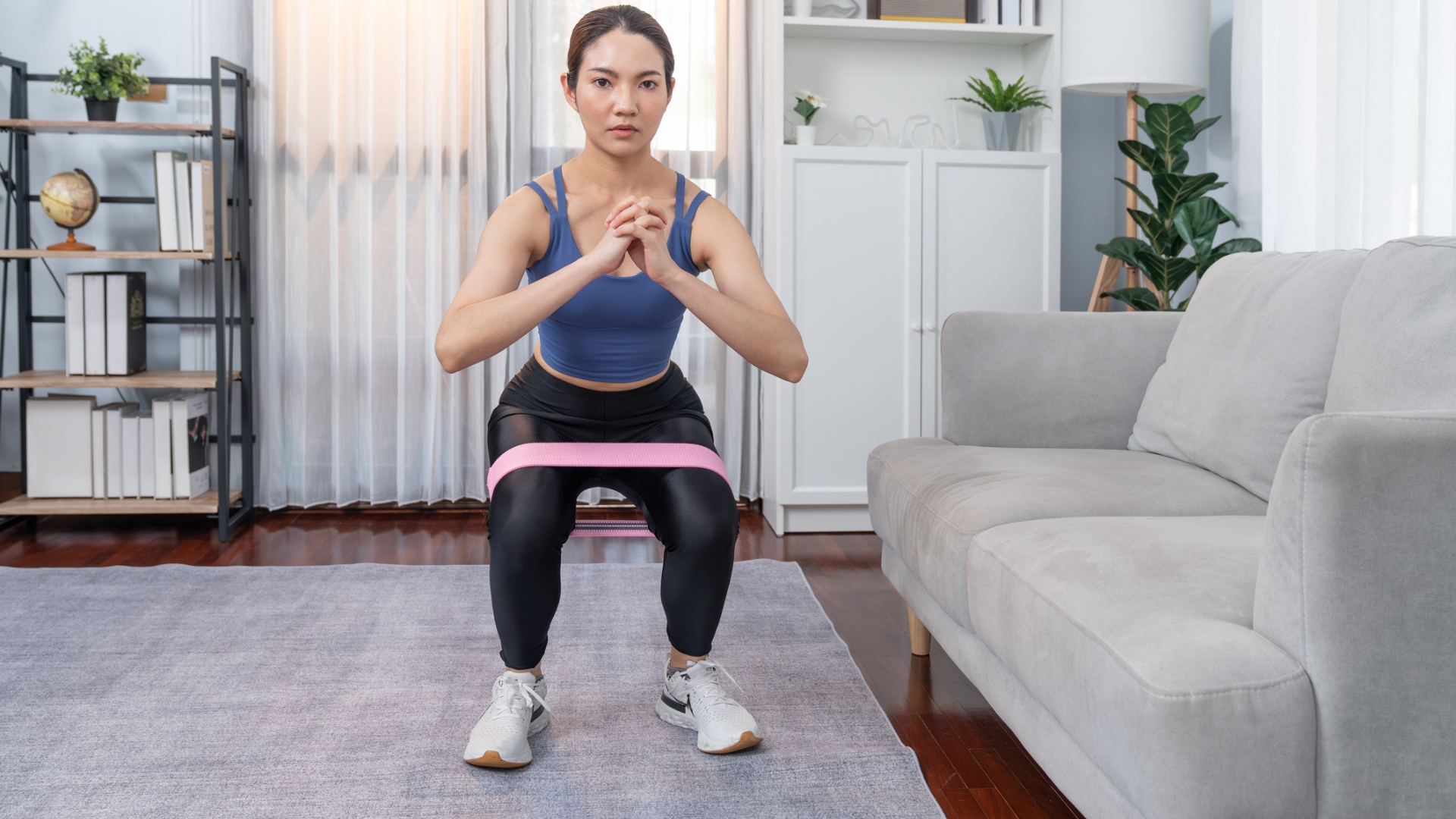This Pilates expert says you should do this before trying reformer Pilates for the first time
Reformer Pilates may be all the rage, but bear this in mind before booking a class

Reformer Pilates is booming in popularity, with our colleagues at Marie Claire raving about it and Vogue calling it a celeb-favorite workout. The reformer is a piece of equipment, roughly the size of a single bed, with a sliding platform to sit or kneel on; straps, springs and pulleys that add resistance to movement; and a bar at one end for support. It's a complicated-looking contraption and honestly, when I first saw it, I thought it resembled a medieval torture device, but having learned a bit more about reformer Pilates, I was intrigued enough to consider trying it at some point.
However, I recently got the chance to speak to Pilates instructor Rebecca Dadoun, who has some words of wisdom for people like me with limited experience of Pilates—“start on the mat,” says Dadoun. Reformer Pilates is great, she explained, but it’s like jumping in at the deep end of the pool when learning to swim.
“I teach reformer Pilates, and I love it and I do it myself, but I also think that since there's been a boom on social media making reformer Pilates so trendy, it sometimes dismisses the beauty of just learning about your body on the mat,” says Dadoun.
A post shared by REBECCA DADOUN | PILATES FOR LOWER BACK PAIN & STRENGTH (@pilates_prescription)
A photo posted by on
“I think feeling something in your own body first, without anything else around you, is the best way to learn,” says Dadoun. “On the mat, there's nowhere to hide and we can focus on your form.”
That's not to say that reformer Pilates is totally out of reach for beginners, and while a reformer adds resistance in some areas, Dadoun points out that it also adds support. Dadoun says that if you've got a mat move that you can't do, you can sometimes work it out on a reformer, with the support it provides.
Don't worry if, even after learning the basics of mat Pilates, you're put off trying reformer Pilates by the price. You can replicate many of the benefits by adding resistance another way—using dumbbells, sliders, a Pilates bar or even a foam roller. Here's Dadoun showing how to use light dumbbells to replicate the reformer.
A post shared by REBECCA DADOUN | PILATES FOR LOWER BACK PAIN & STRENGTH (@pilates_prescription)
A photo posted by on

Rebecca Dadoun is a Pilates instructor and founder of Pilates Prescription, an app with on-demand Pilates classes. Dadoun discovered Pilates when she was recovering from the difficult delivery of her first child. After over a year of training, she began teaching in studios, then she opened her boutique practice to create a Pilates space that welcomes all bodies and abilities.
Get the Fit&Well Newsletter
Start your week with achievable workout ideas, health tips and wellbeing advice in your inbox.

Lou Mudge is a Health Writer at Future Plc, working across Fit&Well and Coach. She previously worked for Live Science, and regularly writes for Space.com and Pet's Radar. Based in Bath, UK, she has a passion for food, nutrition and health and is eager to demystify diet culture in order to make health and fitness accessible to everybody.
Multiple diagnoses in her early twenties sparked an interest in the gut-brain axis and the impact that diet and exercise can have on both physical and mental health. She was put on the FODMAP elimination diet during this time and learned to adapt recipes to fit these parameters, while retaining core flavors and textures, and now enjoys cooking for gut health.
-
 Six tasty ways to eat 30g of protein for breakfast
Six tasty ways to eat 30g of protein for breakfastWhether or not you're following the 30-30-30 method, there are benefits to eating a high-protein breakfast
By Mary Goodsell Published
-
 Want a full-body workout that you can do anywhere? Pick up this budget fitness tool and you'll be able to build muscle wherever you go
Want a full-body workout that you can do anywhere? Pick up this budget fitness tool and you'll be able to build muscle wherever you goPortable, lightweight and effective
By Maddy Biddulph Published
